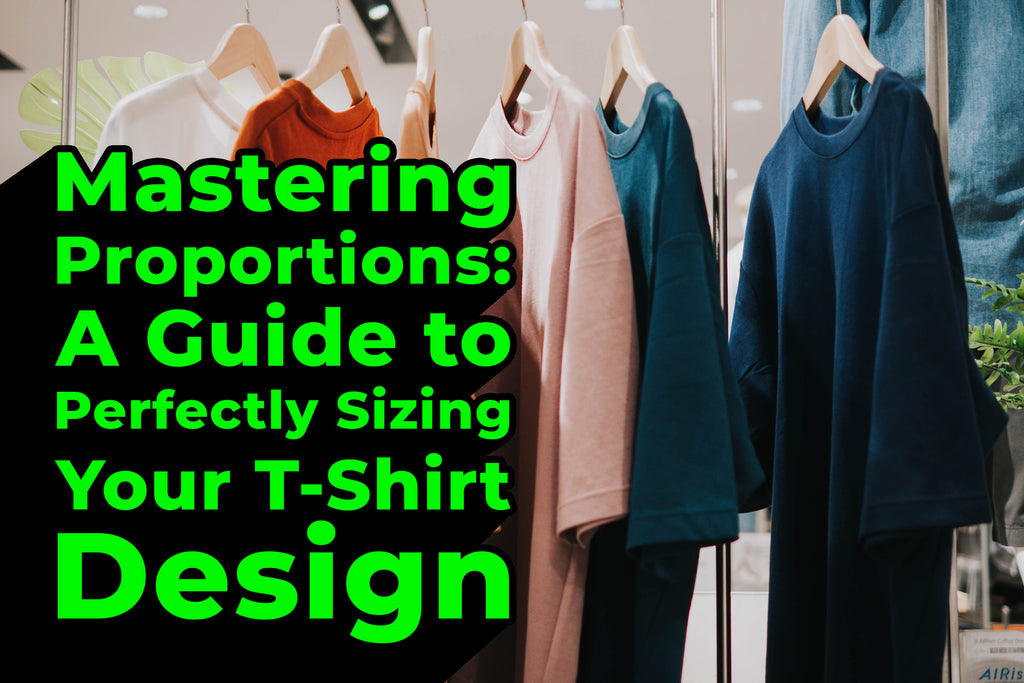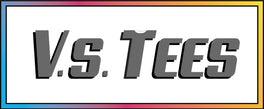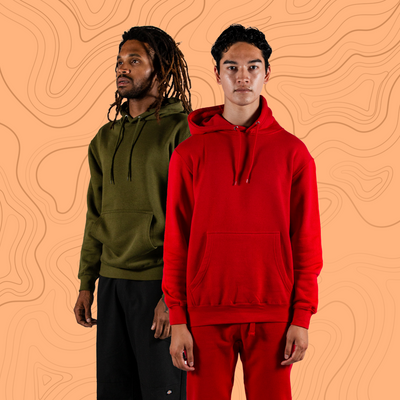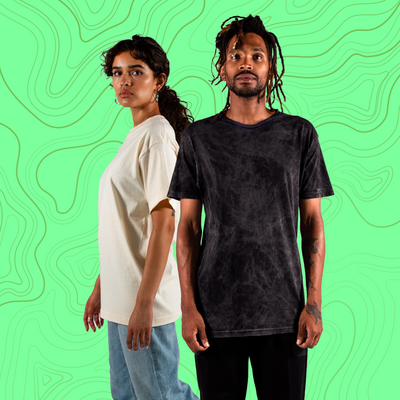Mastering Proportions: A Guide to Perfectly Sizing Your T-Shirt Design
Posted by VS TEES

Designing a t-shirt at VS Tees involves more than just creativity and artistic flair. It requires understanding proportions and sizes, ensuring that the design complements the shirt's overall dimensions and flatters the wearer's physique. This article will provide a comprehensive guide to accurately mastering the art of sizing your t-shirt design.
Understanding the Canvas
The first step in correctly sizing your t-shirt design is understanding the canvas you're working with - the t-shirt itself. Standard t-shirts offer a flat, relatively unbroken surface, ideal for a variety of designs. However, bear in mind the size and cut of the shirt. A design that fits perfectly on a medium-sized shirt might appear too small on an extra-large one, and vice versa.
Consider also the gender and age group of your target audience. Men's shirts tend to be broader with a larger print area, while women's shirts can be more fitted, offering a narrower canvas. Children's shirts, obviously, offer the smallest print area.

The Design Size
One of the key factors affecting the aesthetics of your t-shirt design is its actual size. The standard size for a front graphic on an adult-sized t-shirt typically ranges between 10 to 12 inches in width, depending on the size of the shirt.
For a more oversized, impactful design, you might want to go up to 14 inches. For a subtle, more understated look, you could drop down to 7 or 8 inches.
The Design Placement
Where you place your design on the t-shirt is equally crucial. The standard placement for a front-centered design is typically 3 to 3.5 inches from the collar's base for men's shirts and 3 to 3.5 inches for women's.
Remember, the goal is to have your design sit comfortably on the chest area, where it's immediately visible to the viewer but isn't too high that it's near the collar or too low that it reaches the stomach.
The Design Proportions
A good rule of thumb to ensure your design maintains its visual integrity is to keep its original aspect ratio. If your design is not proportional, i.e., the height and width are not in harmony, the design could appear stretched or squashed, which is generally unappealing. Always strive to preserve the balance of your design elements.

Mock-Ups and Samples
Before committing to a large print run, create a mock-up of your design on the t-shirt. Use software tools to visualize how the design would look on different sizes and colors of t-shirts. You can also print a single sample to physically see how the design translates onto the fabric.
Conclusion
Correctly sizing a t-shirt design is a delicate balance between the design's size, its placement, and the shirt's dimensions. It requires a keen understanding of proportions and a careful consideration of the target audience. Mastering these elements will result in a t-shirt design that is visually appealing and appropriately tailored to the canvas at hand. With these guidelines, you can confidently embark on your t-shirt design journey, equipped to size your creations perfectly every time.





